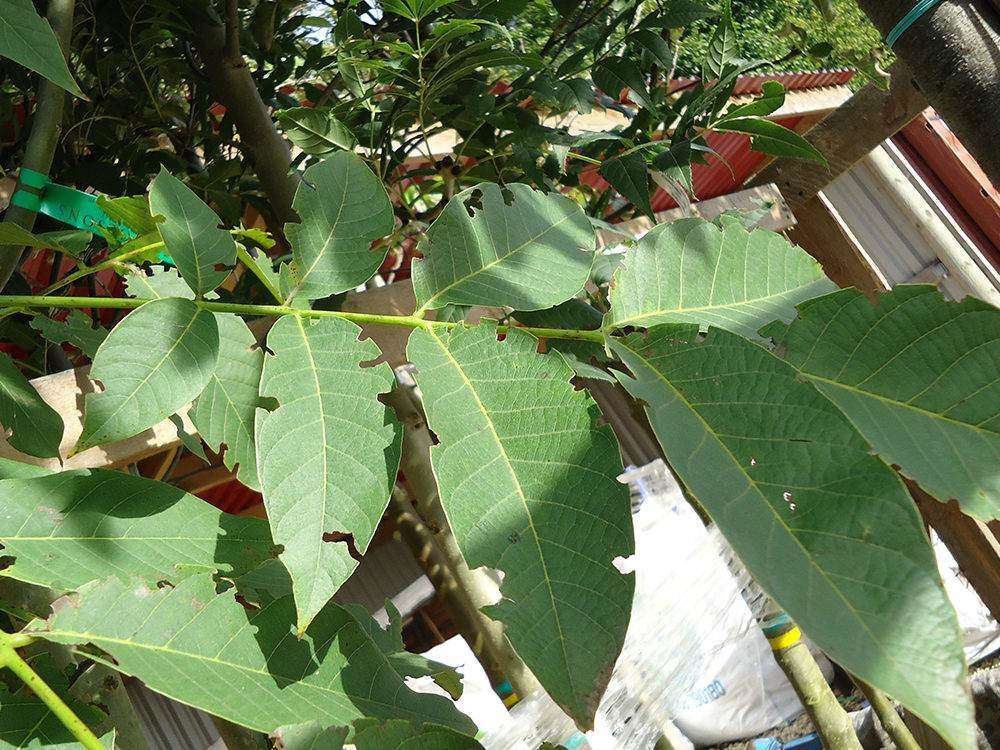Pests and Diseases Explained
The temptation when many people read gardening books and guides is to skip the section with this heading, and why not? Ignorance can be bliss – until something happening in the garden starts to irk you!
Just as a weed is viewed as a plant in the wrong place, so a pest is only a pest if you don’t like what it’s doing!
A disease is, regrettably, always a disease. They result from infections of plants by bacteria, fungi, or viruses. Disorders are caused by inanimate factors such as nutrient deficiencies, drought, water-logging, weather or pollutants.
Deciding whether any of the above should be classed as important is very much a matter of opinion – particularly in the garden situation. In the nursery some ‘pests’ – such as larvae causing oak apples or other galls – are viewed as simply cosmetic and in some instances a boon. Problems such as mildew, however, can cause severe damage to a crop, and as such are preempted with sprays.
In the garden situation there are any number of products aimed at typical pests and diseases. It is interesting to note that on one level, as gardeners, we are responsible for creating environments where pests and disease can thrive. Disturbing the natural environment,
importing foreign material, over breeding cultivars etc. can all exacerbate the problems we encounter.
Whatever problems you do encounter there is generally always some way out of it. We would advocate cultural intervention wherever possible – and to think through the problem from a disorder point of view:
- Are the conditions favourable – soil type, drainage, exposure?
- Is the plant well shaped for air flow, well staked?
- Can you prune off incipient mildew?
- Is the plant healthy, well fed – or is it too well fed?
- Have you kept hygiene in mind with dead or diseased leaf matter or plants?
- Is there a problem with chemical spray drift?
- Does the dog visit your Box hedge?
Sometimes some lateral thinking will come up with the answer! Some of us are unfortunate enough to have more serious problems such as Honey Fungus or Viburnum beetles – for these it really does require a deep breath and to turn to the unread section of your gardening books…
We will happily try to help you identify and solve any problems you are encountering. If you would like further advice or information, please don’t hesitate to Contact us or visit the RHS website where you will find the most up to date advice.

